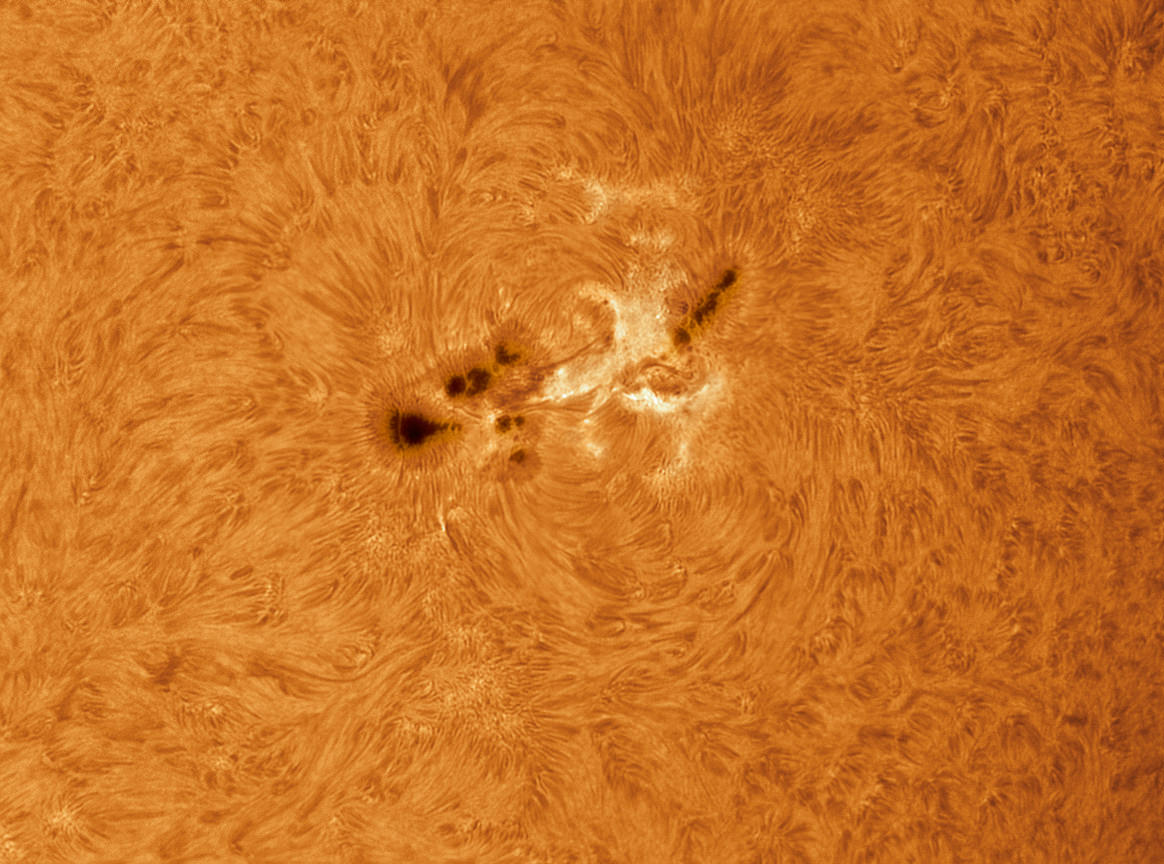In this series we are exploring the weird and wonderful world of astronomy jargon! You’ll get a good look at today’s topic: chromosphere!
The sun’s atmosphere has three separate layers. The innermost is called the photosphere, and that’s the region where light is released and hence what we generally think of when we envision “the sun”. The outermost layer is the corona, which despite extending to twice the width of the sun itself, is so thin and tenuous that it can only be seen during a total solar eclipse.
Between these two layers sits a poorly understood layer, the chromosphere. It gets its name, “sphere of color”, from its reddish, pinkish hues. The English astronomer Sir Joseph Normal named it in 1868 after carefully observing the sun during a total solar eclipse. We now know that the colors come from the emission of light by highly energetic hydrogen atoms.
However, we usually don’t ever get to see the chromosphere. It’s relatively thin, only 3,000 to 5,000 kilometers deep. And the emission from hydrogen in this layer is usually dwarfed by the tremendous amount of light emitted by the photosphere below it. Thus, like the corona, we only get to see it briefly during total solar eclipses, when the body of the Moon blocks the photosphere.
The temperature inside the chromosphere goes backwards. Instead of getting cooler the higher up you go (and therefore farther from the body of the sun and closer to the vacuum of space), the outermost layers of the chromosphere reach 25,000 K, which is five times hotter than the innermost layers. That’s even hotter than the photosphere below it. Astronomers aren’t sure why the chromosphere heats up the way it does, but it is probably linked to the same physics that drive the temperature of the corona, which can get up to millions of Kelvin.

